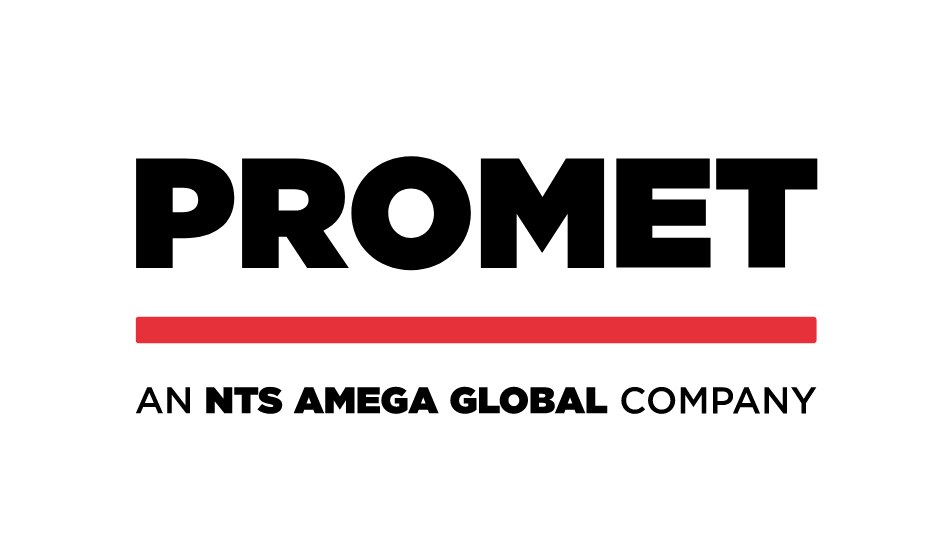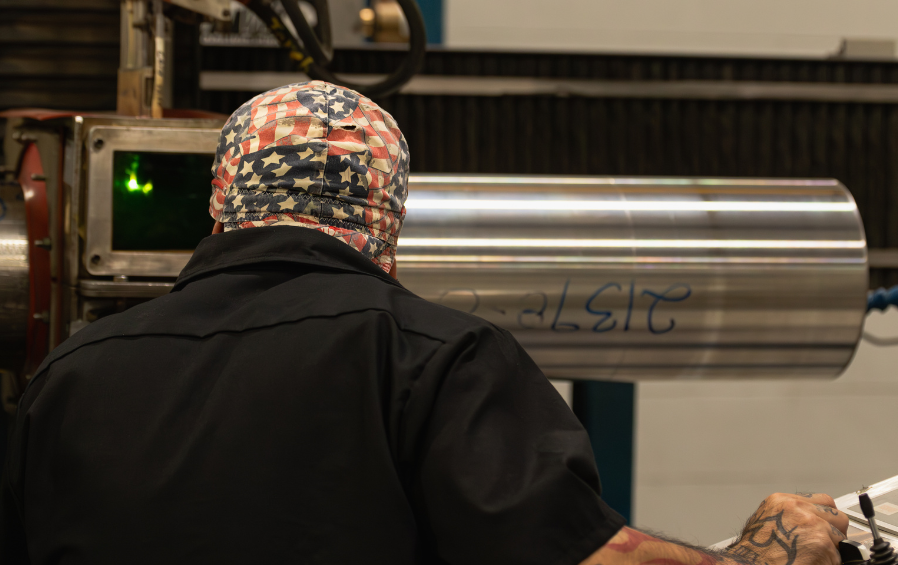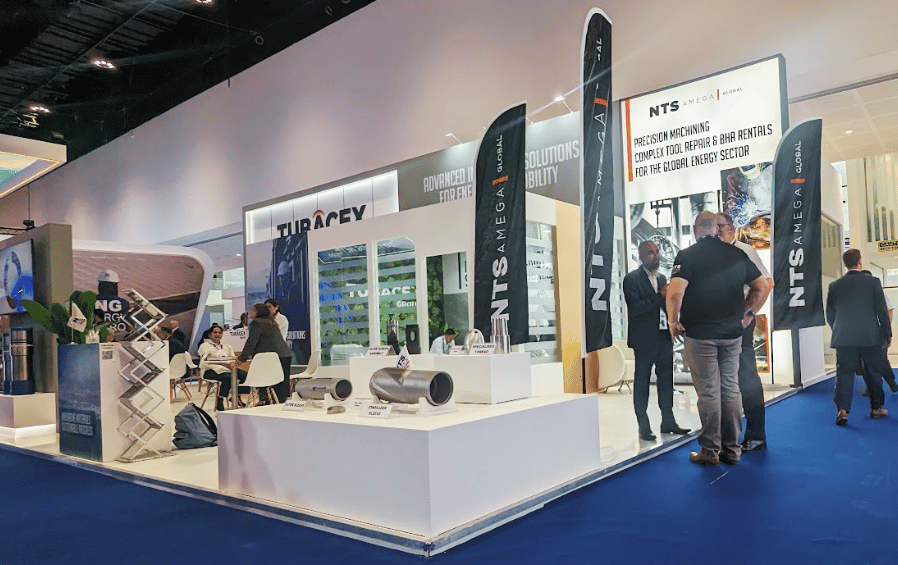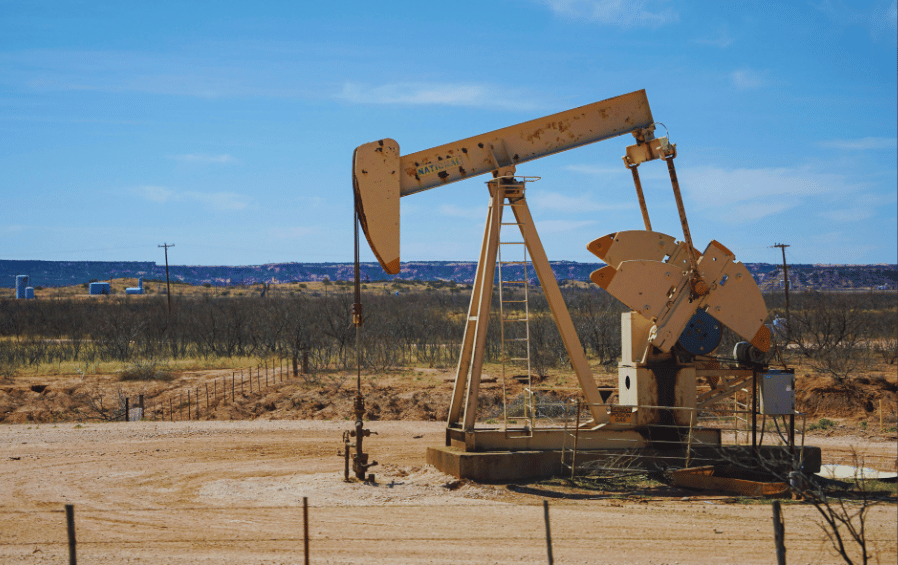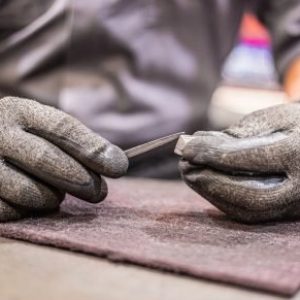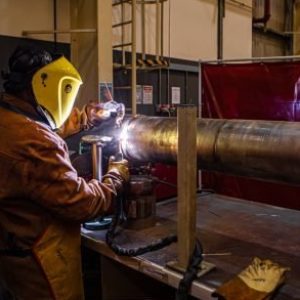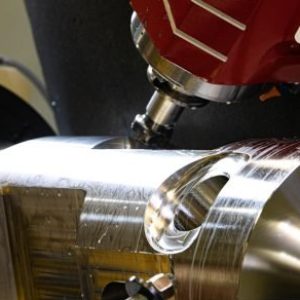In the oil and gas industry, it is possible to extend the life of many critical tools to extend their life and reduce drilling costs. The performance and longevity of drilling tools play a vital role in ensuring successful and efficient operations. These tools are subjected to extreme conditions and wear, which can lead to decreased efficiency and increased costs. Fortunately, by implementing a proactive repair strategy, you can maximise your drilling operations and reduce downtime.
Drilling Tools You Can Extend the Life Of
There are many oil and gas drilling tools you can extend the life of including drill bits, stabilizers, downhole motors, reamers and mud motors.
- Drill Bits: Drill bits are the workhorses of the oil and gas drilling process, responsible for creating boreholes in the earth’s surface. Constantly exposed to abrasive formations, drill bits endure wear and tear. Over time, their cutting surfaces become dull, leading to reduced drilling efficiency. However, through repair and maintenance, drill bits can be rejuvenated. Repairing drill bits involves re-sharpening worn cutting surfaces, replacing damaged components, and enhancing structural integrity. By extending the life of drill bits, operators can save substantial costs associated with purchasing new ones. In addition to this, repairs minimize downtime, allowing drilling operations to proceed smoothly and improving overall operational efficiency.
- Stabilizers: Stabilizers play a crucial role in maintaining stability and control during the drilling process. They are subjected to high torque and vibrations, which can cause erosion, corrosion, and mechanical damage. Repairing stabilizers involves refurbishing damaged blades, repairing worn-out threads, and reinforcing structural integrity. By investing in the repair of stabilizers, companies can reduce expenses while ensuring the quality and performance of these critical tools. Repairing stabilizers not only saves costs but also prevents the need for premature replacements, ultimately minimizing downtime and improving overall drilling efficiency.
- Downhole Motors: Downhole motors are responsible for converting hydraulic energy into mechanical power to drive the oil and gas drilling process. As a result, these motors operate under extreme conditions, which can lead to various issues such as bearing failures, shaft damage, or fluid leaks. Repairing downhole motors involves diagnosing and fixing these issues, along with comprehensive testing to ensure optimal performance. By repairing and refurbishing downhole motors, operators can minimize replacement costs and improve overall drilling efficiency. Repaired motors operate reliably and efficiently, reducing the risk of unexpected failures and associated downtime.
- Reamers: Reamers are essential tools used to enlarge or smooth out wellbores during drilling operations. Due to their role in removing cuttings and maintaining borehole stability, reamers are subjected to wear, galling, and damage. Repairing reamers involves re-cutting damaged surfaces, refurbishing worn-out blades, and restoring structural integrity. By extending the life of reamers through repair, operators can reduce equipment costs, enhance drilling performance, and minimize downtime associated with replacing these critical tools. Repaired reamers maintain their effectiveness, resulting in consistent and reliable drilling operations.
- Mud Motors: Mud motors are key components that provide power to rotate the drill bit downhole. Naturally, these motors operate in harsh conditions. These drilling conditions make them susceptible to issues such as bearing failures, seal leaks, or damage to the power section. Repairing mud motors involves diagnosing and fixing these issues, as well as performance testing to ensure optimal functionality. It is by repairing mud motors, oil and gas companies can avoid the substantial expense of purchasing new ones while maintaining consistent drilling performance and reducing operational downtime. Repaired mud motors deliver reliable power, allowing drilling operations to proceed efficiently and effectively.
Benefits of Repairing Drilling Tools
- Cost Savings: Repairing tools instead of purchasing new ones significantly reduces equipment costs and operational expenses. Companies can allocate these savings to other critical areas, leading to increased profitability.
- Improved Efficiency: Extending the life of critical drilling tools minimizes downtime and enhances overall drilling efficiency. Repaired tools perform optimally, allowing drilling operations to proceed smoothly and with minimal interruptions.
- Environmental Impact: Repairing tools promotes sustainability by reducing waste and minimizing the need for new manufacturing. By prolonging the life of drilling tools, companies contribute to the conservation of natural resources.
- Enhanced Performance: Repaired tools maintain their performance at optimal levels, ensuring consistent and reliable drilling operations. The quality and efficiency of repaired tools contribute to the success of drilling projects.
- Proactive Maintenance: Repairing tools proactively prevents failures, improving operational reliability and reducing unforeseen disruptions. As a result of identifying and fixing potential issues before they escalate, operators can maintain a stable and productive drilling environment.
Extending the Life Of Oil & Gas Tools
In the oil and gas industry, extending the life of critical drilling tools through high-quality repairs is a cost-effective and efficient strategy to maintain optimal performance. At NTS Amega Global, we repair and refurbish drillings tools including (but not limited to) drill bits, stabilizers, downhole motors, reamers, and mud motors. We can help you realize substantial cost savings, improve operational efficiency, and minimize environmental impact. Read more about our repair services here.

